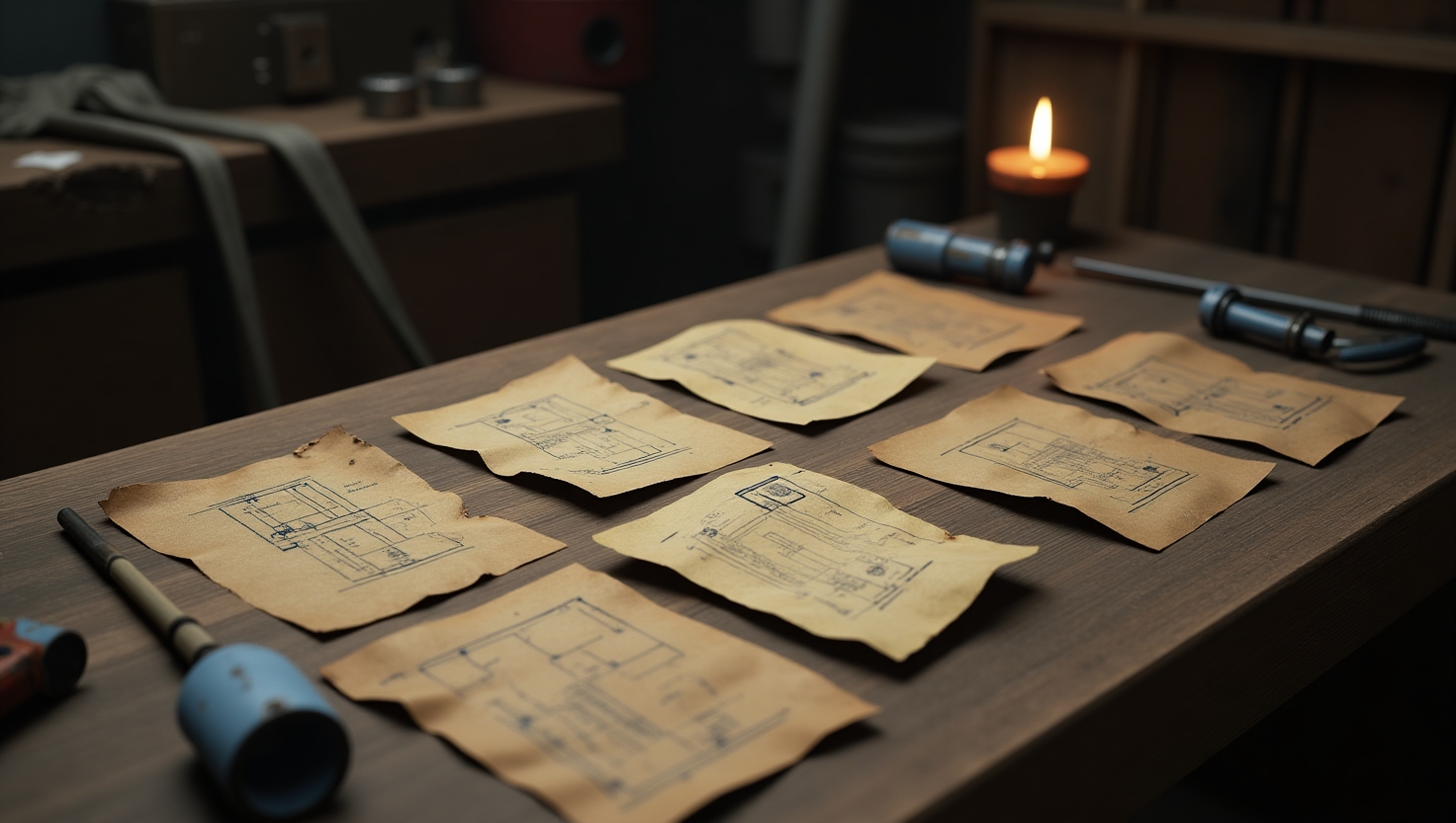Revitalizing Gameplay in Rust: Understanding Blueprint Fragments
Introduction to the October Update
Rust, a game that has long thrived on its survival mechanics and intense player interactions, recently underwent an update that could redefine how players approach its challenging world. The ‘Meta Shift’ update, launched in October, reintroduces blueprint fragments, aiming to invigorate Rust’s gameplay dynamics and address issues in game progression. This update is crucial in maintaining Rust’s standing as one of Steam’s most engaging titles while catering to both veteran and new players. Blueprint fragments, often compared to unlocking skills in a role-playing game, are about to play a pivotal role in Rust’s survival saga.
What are Blueprint Fragments?
Blueprint fragments are core to crafting in Rust, offering players the means to unlock new items and equipment, thus enhancing the crafting range and strategic depth of the game. Picture a puzzle where each piece represents a different equipment or tool; completing the puzzle allows access to higher-level crafts. These fragments, when collected, provide blueprints for creating powerful items that can tip the balance between survival and death.
Blueprint fragments elevate game progression by adding a layer of strategy. Instead of relying solely on random loot drops, players must now make calculated decisions on which blueprints to unlock, reinventing the pacing and sequence of advancements.
Major Changes in the October Update
Loot Distribution Improvements
A significant shift in the October update revolves around loot distribution. This update has changed how loot is dropped, with an emphasis on making every crate and supply drop feel as rewarding as a treasure chest in a fabled dungeon. This Meta Shift has introduced a more varied loot system, designed to give players increased interaction opportunities and strategic loot planning.
Puzzles and Resource Locations
In tandem with blueprint fragment reintroductions, Facepunch has infused new game elements like puzzles and fresh resource locations. Much like scattered clues in an adventure, these additions demand player interaction and exploration, enhancing the thrill of the game and the strategic consideration of resource acquisition (source: PCGamesN).
The Shift in Game Progression
The ‘Meta Shift’ update responds to players’ critiques that Rust’s progression had become too rapid and simplistic over time. By integrating blueprint fragments, Facepunch has effectively induced a system that throttles rapid advancement, requiring more investment in mastering the game mechanics—as if converting Rust from a sprint into a calculated marathon. This method addresses the pacing concerns and reestablishes the game’s challenging nature, which had become diluted over years (source: PCGamesN).
The Community’s Response
The community, a vocal presence in Rust’s evolutionary arc, has largely supported the blueprint fragments’ revival. Players appreciate the intricate dynamics it introduces, making each decision consequential. Notable streamers and gamers, like the renowned survival enthusiast ‘Welyn,’ have praised the update, expressing that it makes each interaction and craft in Rust feel more earned and satisfying.
Conclusion
The October update has undoubtedly set a new course for Rust. By revitalizing unused mechanics like blueprint fragments, Facepunch ensures the game remains dynamic and challenging, meeting the demands of its diverse player base. As Rust navigates into this enriched phase, players are encouraged to delve into these changes and discover the updated world Facepunch has meticulously crafted. For an in-depth look at the full October update details, visit more resources like PCGamesN’s article, providing an expanded look into each new element introduced.
In conclusion, blueprint fragments represent not just an update, but a testament to Facepunch’s commitment to evolving Rust by making every choice—and every survival—a grand cinematic experience worthy of exploration.

